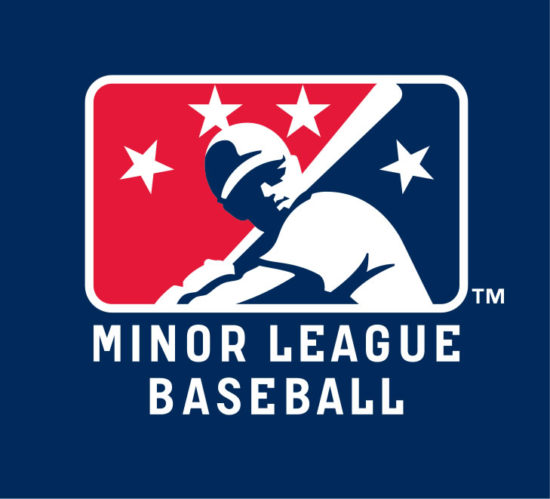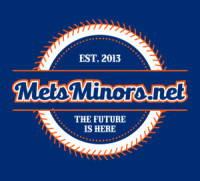
Last year, Commissioner Rob Manfred instituted a series of pace of play measures in minor league baseball to help adjudge their effectiveness with the potential to implement those changes in the majors. Those changes included reduction in the amount of mound visits, a pitch timer, and extra innings beginning with a runner on base. Baseball America reported those changes reduced the average minor league game times since 2013.
With the previous rule changes having arguably been successful in accomplishing its intended goals, Minor League Baseball has announced three new rules intended to further improve the pace of play in the 2019 season:
- Double- and Triple-A relievers must face three batters;
- Extra innings will begin with a runner on second base; and
- Reduction and enforcement measures for mound visits.
With respect to the three batter minimum, it will mirror the rule change being implemented in the Atlantic League and will be implemented for the 2020 Major League season. Any reliever entering the game must pitch to the end of the inning or three batters, whichever occurs first.
With respect to this rule change, Minor League Baseball President & CEO Pat O’Conner said, “Pitchers facing a minimum of three batters at the advanced levels will limit the number of pitching changes and help keep the game moving at a steady pace, while also providing valuable data for Major League Baseball as they review the impact it has on the pace of play.”
In extra innings, every level will now have the runner at second base rule implemented. The designated runner shall be the batter who made the last out of the previous inning. If the last batter was the pitcher, he shall not be required to run the bases. The other caveat is if the last batter to make an out was substituted out of the game, he may not be reinserted into the game. Rather, it will be the player who took his spot in the lineup.
With respect to this rule change, O’Conner said, “Placing a runner on second base in extra innings accomplished the intended goals and created instant excitement in extra innings, but in a few instances exposed pitchers to serving as baserunners, which was a concern of our partners at Major League Baseball, so this amendment to that rule is an easy and practical solution.”
Regarding mound visits, there are now more stricter rules than were in place last year. For starters, there will be fewer mound visits permitted:
- Triple-A mound visits drops from six to five
- Double-A mound visits drops from eight to seven
- Single-A mound visits drops from 10 to nine
- There continues to be no limit for short season leagues
Mound visits include visits to the mound by not only managers and coaches but also other players on the field. There are limited exceptions for discussions between players at their normal positions, position players visiting the mound to clean their spikes, position player visits when time has already been called, visits to the mound while a batter is circling the bases after a home run, and visits during an in-progress pitching change.
In the event there is a violation of the mound visit rule, the player violating the rule will be subject to ejection. In the event a manager violates the rule, akin to the second mound visit in an inning rule already in place at the Major League level, the pitcher will be taken out of the game. If there is no reliever warming in the bullpen, the member of the coaching staff is subject to ejection.
If there is a need for clarity over whether there is an additional mound visit remaining, a manager may confer with the umpire PRIOR to crossing the foul line.
Of note, the most controversial rule change, moving the pitcher’s mound back two feet, will be reserved solely for the Atlantic League. When Michael Kay mentioned to Rob Manfred moving the mound back two feet could cause pitcher injuries, Manfred responded, “That’s why we’re doing it in the Atlantic League.” (Washington Post).

